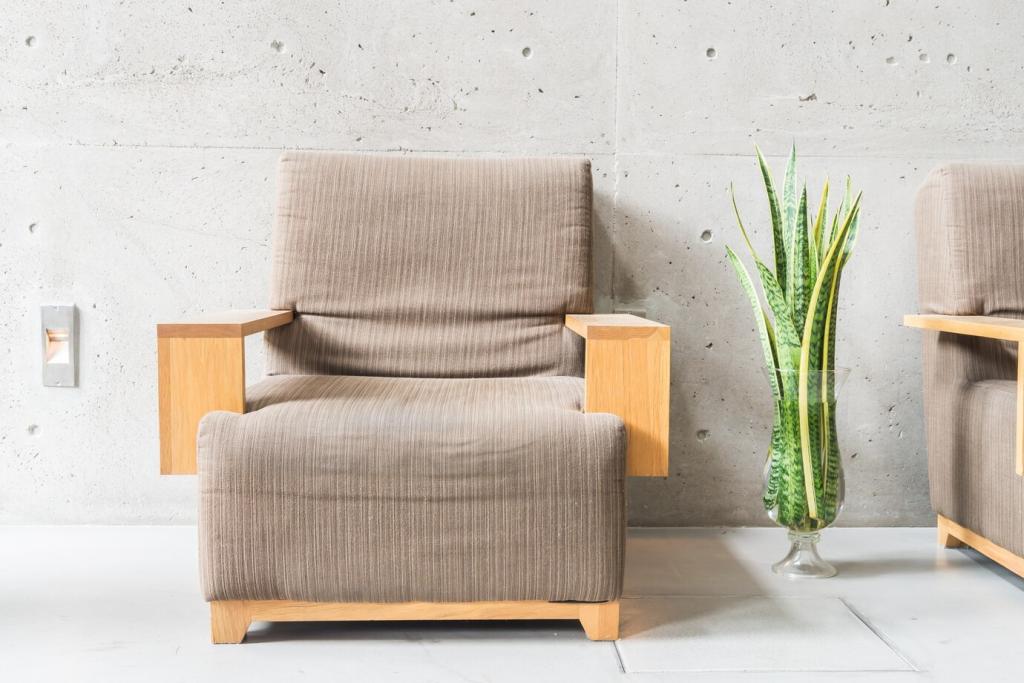Indoor Air Quality and Health-Friendly Maintenance
Open windows to create cross-ventilation, run a portable HEPA filter nearby, and take breaks while products cure. Even low-VOC finishes benefit from fresh airflow. Good ventilation speeds off-gassing, reduces headaches, and helps natural oils polymerize more predictably and evenly.
Indoor Air Quality and Health-Friendly Maintenance
Choose waterborne polyurethane or hardwax oils labeled low- or zero-VOC. Apply thin coats with lint-free pads, allow recommended drying times, and avoid stacking items during curing. Patience yields durable finishes with fewer emissions, supporting a healthier home and longer maintenance intervals.






